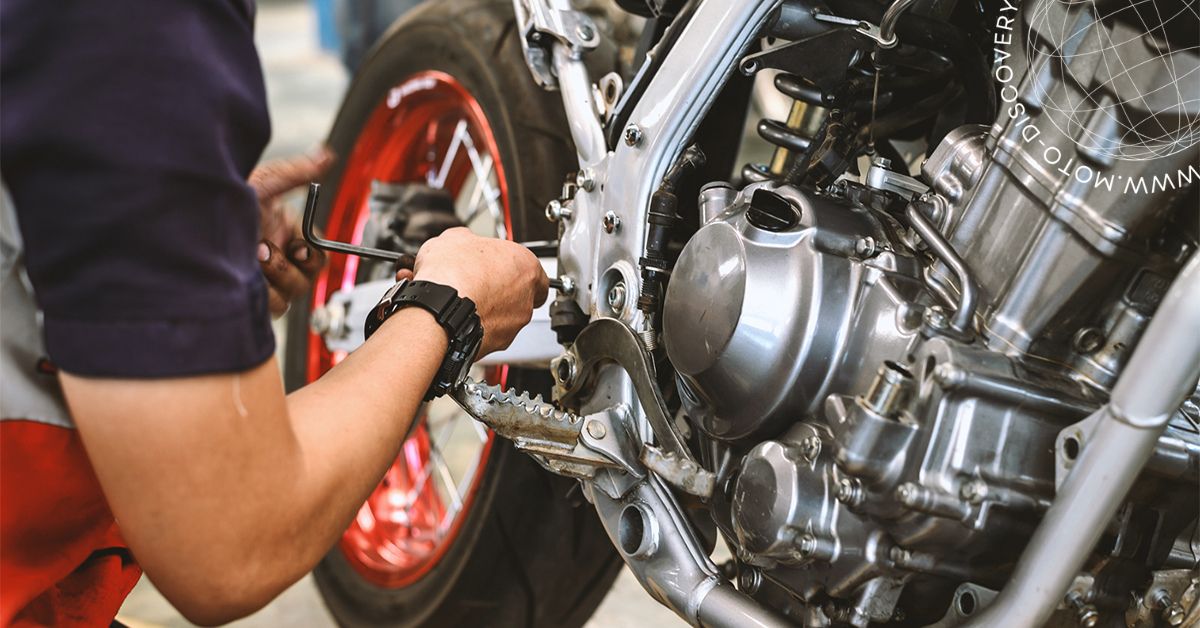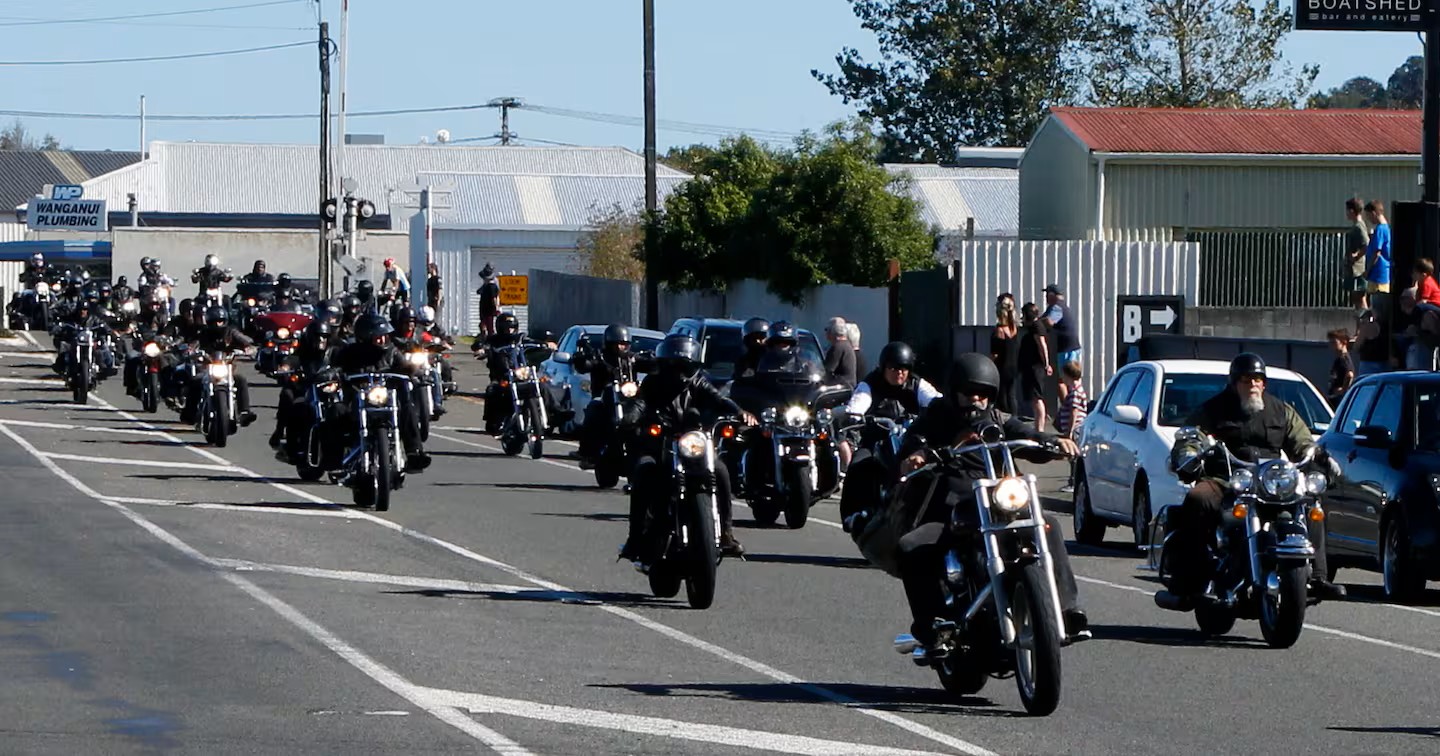Buying a vintage motorcycle is a thrilling endeavor that offers a unique blend of nostalgia, craftsmanship, and character that modern bikes often lack. However, it’s not just about the aesthetics and the cool factor; owning a vintage motorcycle can come with its own set of challenges. From locating the perfect bike to ensuring it’s mechanically sound, the process requires thorough research and due diligence.
Whether you’re a seasoned rider or a newcomer to vintage motorcycles, making an informed purchase is crucial to avoid potential regrets. This guide aims to provide you with essential tips and insights to help you go through the complexities of buying a vintage motorcycle. We’ll cover everything from researching different models and their market value to inspecting the bike’s condition and understanding the costs of restoration and maintenance.
Armed with the right knowledge, you can make a confident and satisfying purchase that brings joy and pride for years to come. Let’s see the key considerations and steps to ensure your vintage motorcycle buying experience is smooth and rewarding.
1. Research Different Models
Before diving into vintage motorcycles, it’s important to research different models to understand their unique characteristics, common issues, and market value. Start by identifying the type of motorcycle that appeals to you, whether it’s a classic cruiser, a vintage sportbike, or a retro café racer. Each model has its own set of strengths and potential weaknesses.
Look for reviews, forums, and buyer guides to gather information about the model’s performance, reliability, and availability of spare parts. Vintage motorcycle communities can be a valuable resource for firsthand experiences and advice.

Understanding the market value of different models will help you gauge whether a listed price is fair and reasonable. Additionally, researching the model’s history and production years can provide insight into its rarity and desirability.
Taking the time to thoroughly research different models will ensure you make an informed decision and choose a vintage motorcycle that meets your preferences and expectations. This preparation helps you avoid potential pitfalls and ensures that you buy a bike that aligns with your riding style and interests.
2. Inspect the Bike’s Condition
Inspecting the condition of a vintage motorcycle is a critical step in the buying process. Begin with a visual inspection, looking for signs of rust, corrosion, dents, and other damage. Pay close attention to the frame, fuel tank, and exhaust system. Check for any leaks or signs of wear and tear on the engine, brakes, and suspension components. It’s important to assess the condition of the tires, wheels, and electrical system.
If possible, bring along a knowledgeable friend or a mechanic to help with the inspection. A test ride is essential to evaluate the bike’s performance and handling. Listen for any unusual noises from the engine and check for smooth shifting and braking.
Verify that all lights, indicators, and instruments are functioning properly. Inspecting the bike’s documentation, including service records and ownership history, can provide additional insights into its maintenance and care.
A thorough inspection will help you identify any potential issues and determine if the motorcycle is worth the investment. This step ensures that you are fully aware of the bike’s condition and any future repair needs.
3. Understand Restoration and Maintenance Costs
Owning a vintage motorcycle often involves restoration and ongoing maintenance. It’s essential to understand the costs associated with these aspects before making a purchase. Restoration costs can vary greatly depending on the bike’s condition and the availability of parts. Research the availability and cost of spare parts for the specific model you’re interested in. Some vintage motorcycles may require custom-made parts, which can be expensive and time-consuming to source.
Factor in the costs of labor if you’re not planning to do the restoration work yourself. Regular maintenance is crucial for keeping a vintage motorcycle in good working condition. This includes oil changes, brake adjustments, tire replacements, and other routine services.

Understanding the potential costs of restoration and maintenance will help you budget accordingly and avoid any financial surprises. Being realistic about these costs will ensure that you’re prepared to invest the necessary time and money to keep your vintage motorcycle in excellent condition. Proper planning for these expenses is key to enjoying your vintage bike without unexpected financial strain.
4. Verify Ownership and Documentation
Verifying ownership and documentation is a vital step in the vintage motorcycle buying process. Ensure that the seller has a clear title and that the bike is not stolen. Check the vehicle identification number (VIN) on the motorcycle and compare it with the information on the title and registration documents.
Inconsistent or missing documentation can be a red flag. Ask the seller for any service records and maintenance history to get an idea of how well the bike has been cared for.
If the motorcycle has undergone any modifications or restorations, request documentation for those as well. Proper documentation not only provides proof of ownership but also adds value to the motorcycle. Additionally, make sure that the motorcycle is not involved in any legal disputes or liens.
Verifying ownership and documentation ensures a legitimate transaction and gives you peace of mind knowing that you have a clear title to your vintage motorcycle. This due diligence helps avoid legal complications and ensures a smooth ownership experience.
5. Consider the Bike’s Rarity and Desirability
When buying a vintage motorcycle, it’s important to consider the bike’s rarity and desirability. Some models are more sought after than others due to their limited production runs, unique features, or historical significance. A rare and desirable model may hold its value better and even appreciate over time. Research the production numbers and availability of the specific model you’re interested in.
Join vintage motorcycle clubs and forums to connect with other enthusiasts and gain insights into the desirability of different models. Keep in mind that rarity can also mean higher costs for parts and repairs, so weigh the pros and cons. A highly desirable vintage motorcycle can be a rewarding investment, both financially and personally.
Considering the bike’s rarity and desirability will help you make a more informed decision and choose a vintage motorcycle that you’ll be proud to own and ride. This awareness ensures that your investment retains its value and brings long-term satisfaction.
6. Evaluate the Seller’s Reputation
Evaluating the seller’s reputation is an important aspect of buying a vintage motorcycle. Whether you’re purchasing from a private seller, a dealer, or an online marketplace, it’s crucial to assess the seller’s credibility. Look for reviews and testimonials from previous buyers to gauge their experience and satisfaction. A reputable seller will be transparent about the condition of the motorcycle and willing to provide detailed information and documentation.
If possible, meet the seller in person and inspect the bike before making a purchase. Be cautious of sellers who are unwilling to allow an inspection or test ride. Ask questions about the motorcycle’s history, maintenance, and any modifications. A trustworthy seller will be knowledgeable and honest about the bike’s condition.
Taking the time to evaluate the seller’s reputation will help you avoid potential scams and ensure a smooth and reliable transaction. This step is crucial for building trust and ensuring a positive buying experience.
7. Take a Test Ride
Taking a test ride is a crucial step in the process of buying a vintage motorcycle. It allows you to assess the bike’s performance, handling, and condition. During the test ride, pay attention to how the motorcycle feels and responds. Listen for any unusual noises from the engine, transmission, or exhaust.
Check for smooth acceleration, braking, and shifting. Evaluate the suspension and handling by riding over different types of terrain. Make sure that all lights, indicators, and instruments are working properly.

A test ride can reveal potential issues that may not be visible during a visual inspection. If you’re not experienced in evaluating motorcycles, consider bringing along a knowledgeable friend or a mechanic to help with the assessment.
Taking a test ride ensures that you’re making an informed decision and that the vintage motorcycle meets your expectations in terms of performance and comfort. This hands-on evaluation is key to ensuring that the bike suits your riding needs and preferences.
8. Join Vintage Motorcycle Clubs and Forums
Joining vintage motorcycle clubs and forums is a valuable resource for anyone looking to buy a vintage motorcycle. These communities are filled with enthusiasts who share a passion for vintage bikes and can offer valuable advice and support.
By participating in these groups, you can gain insights into different models, common issues, and the buying process. Members often share their experiences, which can help you avoid potential pitfalls. Clubs and forums can also be great places to find vintage motorcycles for sale from reputable sellers.

Additionally, these communities can provide recommendations for mechanics, parts suppliers, and restoration experts. Building connections with other vintage motorcycle enthusiasts can enhance your buying experience and provide ongoing support as you maintain and enjoy your bike.
Joining vintage motorcycle clubs and forums ensures that you have access to a wealth of knowledge and resources, making the process of buying and owning a vintage motorcycle more enjoyable and rewarding. These networks can also lead to lifelong friendships and shared adventures with fellow enthusiasts.
9. Budget for Insurance and Registration
When buying a vintage motorcycle, it’s important to budget for insurance and registration costs. Vintage motorcycles can sometimes qualify for classic or collector’s insurance, which may offer lower premiums compared to standard motorcycle insurance. However, it’s important to shop around and compare quotes from different insurance providers to find the best coverage and rates.
Make sure that the insurance policy covers all aspects of your vintage motorcycle, including liability, theft, and damage. Additionally, consider any registration fees and taxes that may apply in your area. Some regions may offer special registration options for vintage or classic vehicles.
Understanding the insurance and registration requirements and costs will help you budget accordingly and ensure that your vintage motorcycle is fully protected and legally compliant.
Proper insurance and registration not only provide peace of mind but also add to the value and enjoyment of owning a vintage motorcycle. Being financially prepared for these expenses ensures a smooth and hassle-free ownership experience.
10. Be Patient and Take Your Time
Buying a vintage motorcycle is a significant investment, and it’s important to be patient and take your time throughout the process. Rushing into a purchase can lead to costly mistakes and regrets. Take the time to research different models, inspect the bike’s condition, and evaluate the seller’s reputation. Don’t be afraid to walk away from a deal if something doesn’t feel right or if the motorcycle doesn’t meet your expectations.
Vintage motorcycles can come with their own set of challenges, and it’s important to make an informed decision to avoid potential pitfalls. Trust your instincts and don’t settle for a bike that doesn’t feel right.
Being patient and thorough in your search will increase your chances of finding a vintage motorcycle that you’ll be proud to own and enjoy for years to come. Remember, the right vintage motorcycle is out there, and taking the time to find it will ensure a rewarding and satisfying buying experience. Patience and diligence are key to a successful and enjoyable vintage motorcycle purchase.
Buying a vintage motorcycle can be a rewarding and exciting experience, but it requires careful consideration and due diligence to avoid potential regrets. By researching different models, inspecting the bike’s condition, understanding restoration and maintenance costs, verifying ownership and documentation, considering the bike’s rarity and desirability, evaluating the seller’s reputation, taking a test ride, joining vintage motorcycle clubs and forums, budgeting for insurance and registration, and being patient, you can make a confident and informed purchase. With the right approach, you’ll find a vintage motorcycle that brings joy and pride for years to come.

